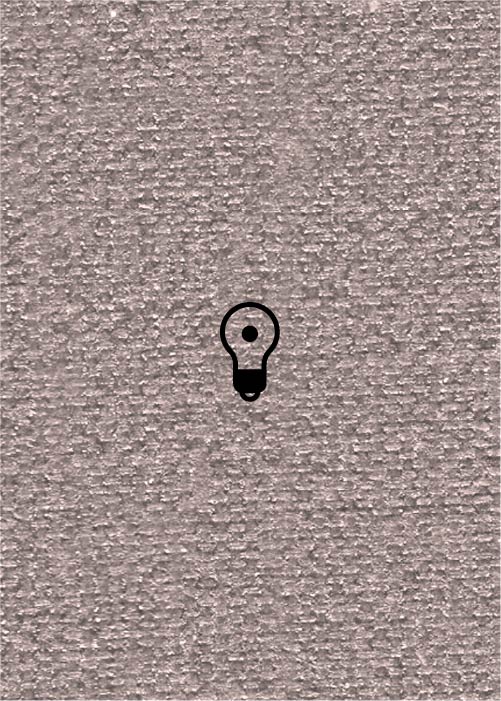(478 results found)

Polonaise
… that among our large masses, for a long time now the folkdance has had been accompanied by singing and song; and … dances such as] the polka did people improvise and sing songs, but also to the polonaise, quadrille, waltz, … Pipe 1971b, p. 571. “The dance-song is a collective folk-expression which derived from the need to sing for the …

Polka
… that among our large masses, for a long time now the folkdance has had been accompanied by singing and song; and … dances such as] the polka did people improvise and sing songs, but also to the polonaise, quadrille, waltz, … is a] song for [the] polka-dance... The melody is Polish folk.” [Galicia, 1920s-30s]. Pipe 1971a, pp. 164 (#53), 308 …

Pleskun (LKT)
… Beregovski writes, ‘we find a number of Ukrainian folk songs which were reworked for solo instrument (most often …

Mazurka (LKT)
… that among our large masses, for a long time now the folkdance has been accompanied by singing and song; and not … dances such as] the polka did people improvise and sing songs, but also to the polonaise , quadrille , waltz , … notation included). “The dance-song is a collective folk-expression which derived from the need to sing for the …

Quadrille (LKT)
… that among our large masses, for a long time now the folkdance has had been accompanied by singing and song; and … dances such as] the polka did people improvise and sing songs, but also to the polonaise, quadrille, waltz, … [New York, c. World War I].] Raboy 1920, p. 25 . “Jewish folk dance melody ‘ sher kadril ’. This melody was recorded …

Kozatshok (LKT)
… melodies are deliberately adopted as extraethnic. In Jewish folk music we have a certain number of melodies adopted from … very widespread dance tune kozačok ) and a great number of folk songs sung to the melodies of popular Ukrainian songs.” …

Pastukhel (LKT)
… lost and then found sheep formed the basis for the popular folk song ‘Dos pastekhl’ or ‘a pastekh’ (‘The/A Sheperd’). … is one of the richest and most beautiful of Yiddish folk songs. A certain non-Jewish influence heard in the …

Volekh (LKT)
… expressing an elegiac mood, in the manner of Wallachian folk music. The hazanim used to sing a Wulach , for example, … . (Musical notation included). “Some southern hassidic songs show the influence of the Romanians; these songs are … does not prove that the music was borrowed [from Moldavian folk music]. In fact just the name was borrowed, perhaps …

Doyne (LKT)
… doina (Yiddish: doyne or doyna ), a free-meter Romanian folk instrumental genre often associated with sheperds and … The klezmers borrowed the doina music itself. In the Jewish folk song only the plot of the doina was borrowed and … is one of the richests and most beautiful of Yiddish folk songs. A certain non-Jewish influence heard in the melody is …

Semele (LKT)
… were danced in the late nineteenth century. For example, a folk song (Ginzburg-Marek 1901: no. 254) mentions a dance … a tree/ took it back, Play a semene for an aunt. In another folk song the dance is called semele instead of semene … information on this dance. There he cites all the folk songs that mention the semene/semele dance. Cahan introduces …


